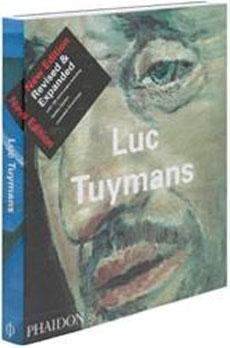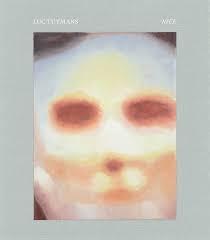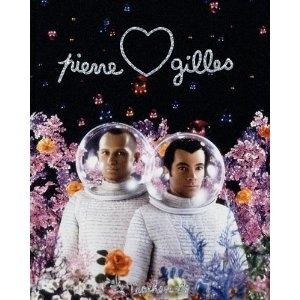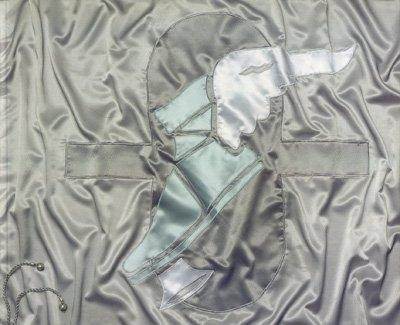Luc Tuymans

Tuymans’ monochromatic palette and his choice of subject matter – domestic interiors, commonplace objects and family portraits – link painting with post-war filmmaking and amateur photography. The sources of images on many of his canvases give his work a brooding violence. Although modest in scale and sensitive in execution, his work is powerful in its haunting evocation of lost lives and repressed histories. \n\nIn general, Tuymans’ works are painted in groups for each show and with the venue and the exhibition space in mind. For example, when he represented his country in the Belgian Pavilion at the 2001 Venice Biennale, Tuymans produced a cycle of works based on the murder of the first post-independence Prime Minister of Congo, Patrice Lumumba. Other works in the cycle show images of copies of African sculpture – a statue in a Belgian restaurant, for instance – and images from the Belgian Royal Museum’s African collection. These works raised issues about colonialism and post-colonialism but also came at a time when a parliamentary commission was investigating the links between the Belgian government, the royal family’s policies and the death of Lumumba. \n\nThe surfaces of Luc Tuymans’ paintings are monochromatic and frail, as if recuperating from a long illness. In the long-standing tradition of Flemish and Spanish still-life painting, they represent domestic scenes or commonplace objects such as a pillow or a cake. These still lifes resonate, however, with a sense of the uncanny. Hovering beneath the surface of Tuymans’ quiet paintings are deep-seated anxieties that rise to the surface in his depictions of faces or parts of the body. Though sensitive in execution and often modest in scale, the work’s power lies in conveying a sense of violence, or a haunting evocation of lost lives and repressed histories. \n\nUlrich Loock, curator of the artist’s exhibition at the Kunsthalle Bern (1992) and author of influential texts on recent European art, uses Tuyman’s installation of exhibitions as a way of mapping key themes in his Survey. Juan Vicente Aliaga, critic for Frieze and Artforum, reveals sources and motivations through his Interview with the artist. In the Focus, Nancy Spector, whose writings have been published in Artforum and Parkett, explores the narrative possibilities of the painting Pillows (1994). Tuymans selects Chevengur (1928) for Artist’s Choice, a primitivist, magical tale by Russian author Andrei Platanov, and gives a fascinating account of his work in the essay ‘Disenchantment’ (1991). Bern-based critic Hans Rudolf Reust surveys Tuymans’ works from 1996 to the present, including the artist’s important cycle of works Mwana Kitoko, a critical look at Belgium’s colonial past.
Sin existencias
Sin existencias en este momento. Si desea información sobre el libro, por favor contacte con bookshop@ivorypress.com





